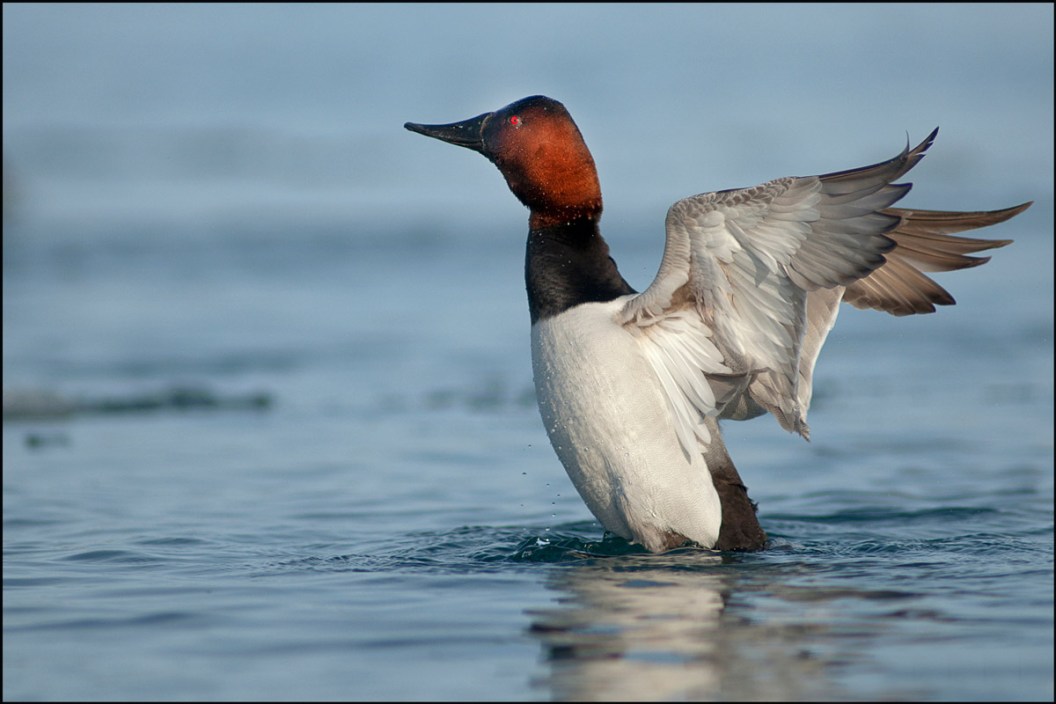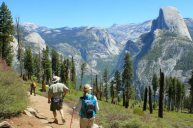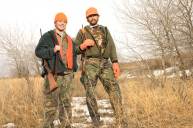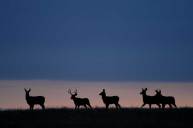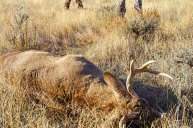The 30 by 30 movement aims to preserve 30 percent of land and water by 2030. What does that mean for us as outdoorsmen?
You've probably already heard, as just about everyone is talking about it—Wilderness Society, National Geographic, Oceans Unite, and us right here at Wide Open Spaces. With outdoorsmen and women continuing to join the fight to preserve and protect our wild lands and waterways for all, it behooves outdoor-loving folks to keep their eyes and ears open to every available option when it comes to conservation.
Sure, there is much to discuss and not everyone might agree to the same plan or principle, but the fact remains that in a mere 20 years, the world has lost more than a million square miles of usable land due to development and destruction.
It's bad enough that these losses include clean water areas and lands that we once used for recreation, (not to mention clean air) but it is already a daunting task for fishermen and the hunting community to find places to use. Considering the fact we're already watching our public hunting areas and pristine lake fronts disappear to development, the outdoor community should be in an uproar.
Products featured on Wide Open Spaces are independently selected by our editors. However, when you buy something through our links, we may earn a commission.
Why This Matters to Sportsmen
It's not bad enough that the land is disappearing at an alarming rate for even more strip malls, but wildlife, but most of the revered animals we hunt need specific areas to reside in that humans can't recreate.
This also includes some of our unspoiled marine areas where creatures such as redfish, tarpon, and bonefish live side by side with important species such as sea turtles. About 60 percent of the terrestrial U.S., however, is still considered to be viable wild lands and interconnected habitat.
Pausing oil and gas leases on public lands may seem like a good way to lose jobs or raise gasoline prices, but what good are our public lands if the extraction of those valuable commodities causes irreparable harm to fish and wildlife?
The Conservationist Attitude
Back in 2018 when Swiss philanthropist Hansjörg Wyss donated a billion dollars from the Wyss Campaign for Nature, an organization he started some 20 years before, to combat the loss of the planet's wild places, he caught the attention of many venerable conservation entities, such as The Nature Conservancy and National Geographic.
It's only a matter of time before we see the RMEF or the NWTF join in, but these wildlife conservation organizations have the same roots in not only protecting wild areas but expanding them for years to come.
Sportsmen and Conservationists Unite
As outdoorsmen and women, we can't wait to tell the world how hard we work and how much of our hard-earned money we spend toward wildlife conservation. So, it stands to reason that we can learn a thing or two from one another. It's time for the esteemed conservation groups of the world to begin to recognize what hunters and fishermen do to increase awareness of wild land and water safekeeping and how valuable their input is to the 30 by 30 effort.
Please check out my book "The Hunter's Way" from HarperCollins. Be sure to follow my webpage, or on Facebook and YouTube. Go to Rack Hub and use the coupon code Craiger for a new way to display those antler sheds!
NEXT: DUCKS UNLIMITED: A BRIEF OVERVIEW OF THE CONSERVATION ORGANIZATION WORKING FOR WATERFOWL
